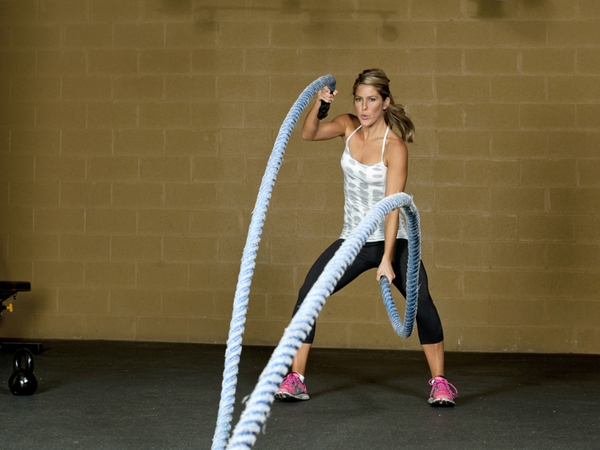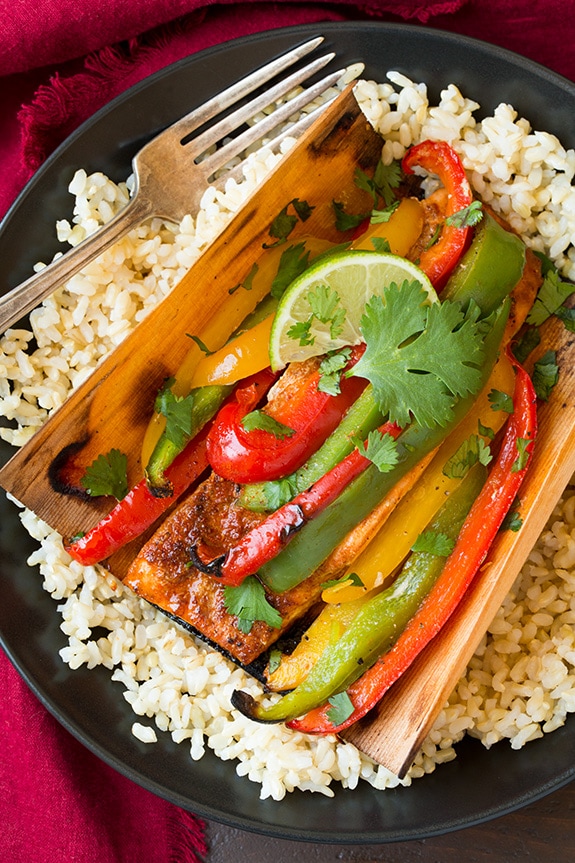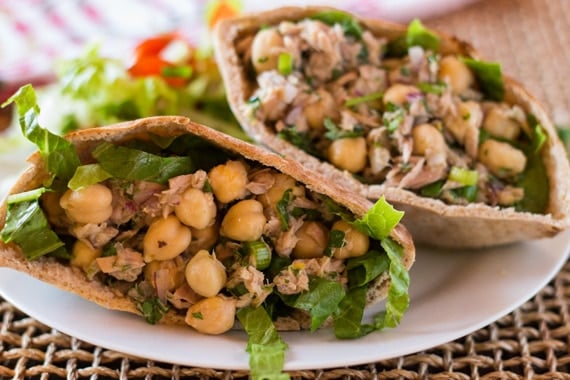At some point or the other we all get tired of our monotonous
workout regime which also reflects on our body and mood (if you know what we
mean). Whether it is HIIT or Boot Camp or good old fashioned gym, you have to
experiment with new workouts to shock your body and to make things interesting.
Let’s look at some fitness trends that have changed the fitness world for good!
1. Animal Flow:
Designed by Mike Fitch in partnership with Equinox, Animal Flow taps into your primal instincts to get you
moving your body in ways you’ve never imagined before. You’ll go through a
series of functional body weight movements that fuse gymnastics, acrobatics,
Parkour, capoeira, and break-dancing, all while staying low to the ground and
engaging many muscles at once. This creature-inspired class is a serious,
drench-you-with-sweat workout.
2. Ropes Gone Wild:
Waving a rope up and down sounds simple—until you try doing
so with the Art of
Strength’s signature weighted ropes. Ropes Gone Wild relies on the “art of undulation,” or
creating a wave-like pattern in the rope with your body. You’ll work every
muscle, especially your core, while reaping cardiovascular benefits, improving
coordination, and increasing metabolic endurance. Plus, this highly effective
workout is low impact, so it’s safe for anyone from newbies and injured
athletes to decided gym-goers.
3. Wave Shape:
Personal trainer and The People’s Bootcamp founder
Adam Rosante first designed this workout for friends who are
professional surfers and paddleboarders. After seeing how effective it
was, he decided to put it online for people to enjoy for free. WaveShape is
45-minute, equipment-free workout that draws on the
multidimensional movement patterns of surfing and other board sports
to build explosive strength, endurance, balance, and flexibility.
4. City Row:
The rowing craze is quickly catching on around the nation,
with some even calling it the “new spinning.” There’s good
reason people are starting to gravitate toward this full-body workout that hits
about 85 percent of your muscles when done correctly. “Rowing is high intensity
yet low impact, so it’s safe and smart for your body,” says Helaine Knapp,
founder and CEO of New York City’s CityRow, where intervals on an WaterRower are broken up
with strength exercises on a mat.
5. Body Blade:
This futuristic-looking tool promises to deliver an
out-of-this-world workout. Using vibration training, the Bodyblade targets
specific muscle groups by varying the positions of the body or direction of the
flexing blade. The blade rapidly changes directions at a rhythm of 4.5 cycles
per second, which means your body has to move 270 times per minute to resist
the forces of it moving back and forth. It promises to deliver benefits such as
enhanced coordination, flexibility, posture, efficiency of muscle function, and
muscle definition.
Happy Workout!
Source:

















